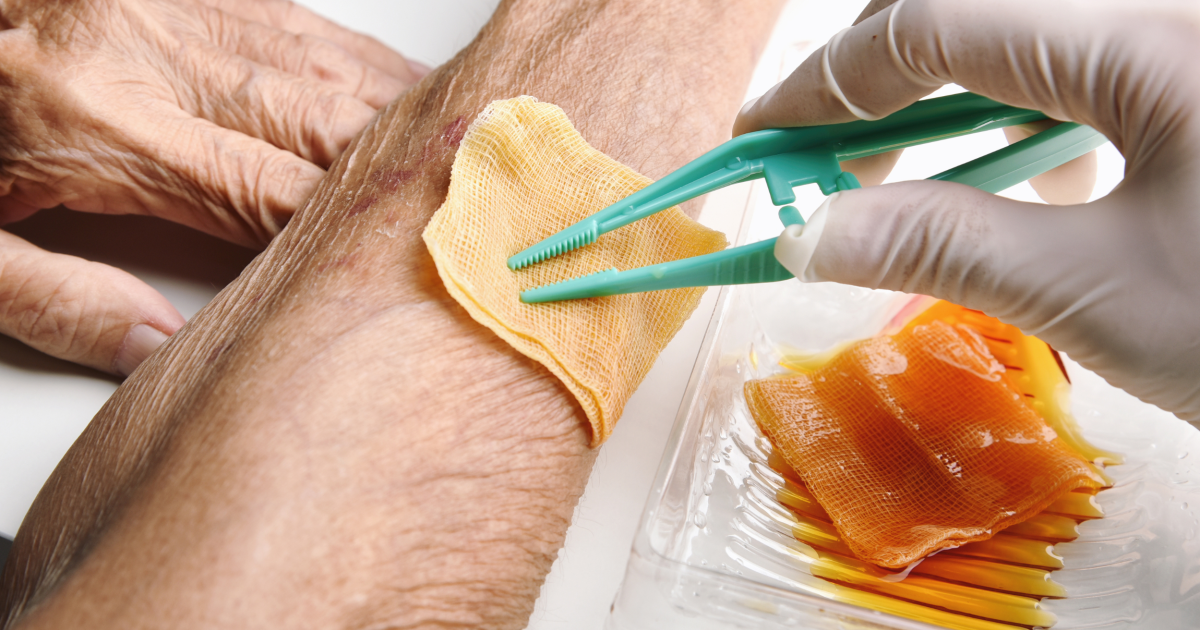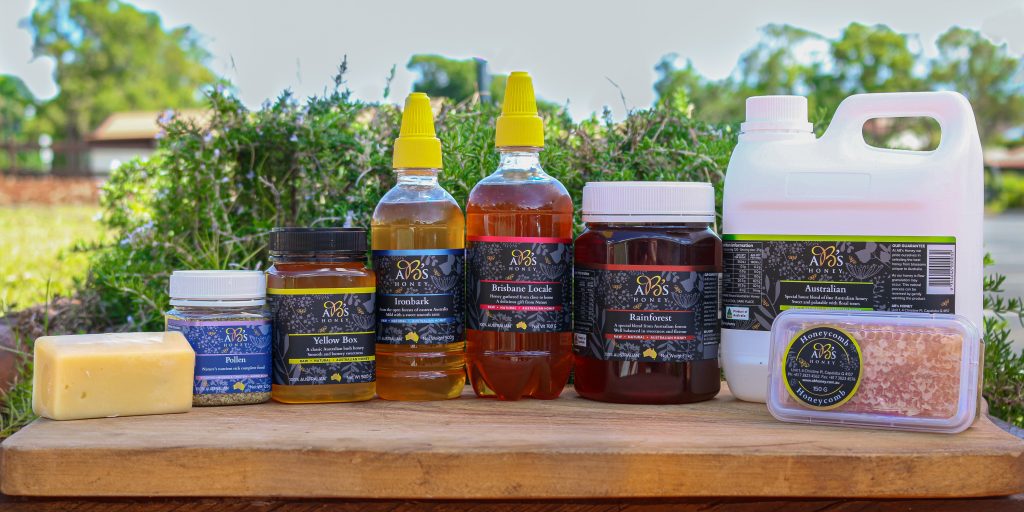Honey for Wounds: A powerful alternative to modern wound care?
A persistent wound that refuses to heal can be traumatic. Slow-healing wounds are a particular risk for people with diabetes, and often associated with serious and life-changing complications. A small cut can turn into a painful ulcer that defies treatment and stubbornly refuses to heal. Sufferers and medical professionals alike are asking the next big question: Can honey assist in wound care and provide salvation? We believe the evidence shows it can, so let’s look at how diabetes affects healing and how you can use honey to treat wounds, In particular Manuka Honey.
Why are wounds slow to heal for diabetics?
If you have been diagnosed with any form of diabetes, you have probably already noticed that wounds are slower to heal for you than for your non-diabetic friends and family. Your health professional may have already explained the reasons why, and it comes down to the damage that high blood sugar can do to your body.
Diabetes is characterised by the body’s inability to produce or use insulin, which turns glucose (sugar) into energy. When sugar is not metabolised, it causes high blood sugar levels, which leads to damaged nerves and blood vessels and reduced wound healing ability.
In diabetics, this damage to nerves and blood vessels often means wounds are not noticed as they occur, resulting in a delay in starting treatment. Damaged nerves reduce the body’s ability to notice the pain of a cut, and poor circulation reduces blood flow.
How diabetes affects wound healing
Hyperglycaemia, commonly known as high blood sugar, is a contributing factor in slow-healing and non-healing wounds.
High blood sugar through diabetes disrupts the healing pattern for chronic wounds in several ways, causing:
- Abnormal cellular pathways – disrupted ‘repair’ signals trigger unwanted changes in a cell or switch off a desired healing response. The immune system is not functioning properly to heal wounds.
- Peripheral neuropathy – nerve malfunction reduces skin sensitivity, meaning wounds – particularly in the feet – often go unnoticed.
- Peripheral vascular disease – a blood circulation disorder. Diabetics have thicker blood and narrower veins, meaning they may develop poor circulation. This makes it difficult for the body to deliver the nutrients and oxygen that wounds need to energise cells for repair and regrowth.
Traditional care includes regulating blood sugar levels through diet and medication, removal of pressure within and around the wound, and wound debridement (removal of dead tissue). Honey, applied topically to wounds could assist with these processes, from without.
Honey for wounds
Honey is an ancient remedy, and a growing alternative medical treatment for antibiotic-resistant bacteria. In Australia’s pre-colonial history, First Nations healers used honey for wounds, and infections and applied topically to skin irritations. The high glucose and low GI of honey also stimulates the white blood cells surrounding a wound to kill microorganisms and remove dead cells.
Putting honey as a wound treatment to the test
In a clinical trial, a paste of honey containing 800mg bee propolis and 50g myrrh was applied to the persistent foot abscess wound of a 65-year-old male patient, who had presented with diabetic foot disease.
It was anticipated that these combined ingredients would have a powerful effect on wound healing. Like honey, myrrh and propolis are totally natural products known since ancient times to have a healing effect:
Myrrh is a resin from the bark of certain trees, readily available from herbalists and pharmacies. Declared safe for food use (and not to be confused with mercury), myrrh is antibacterial and antimicrobial. It has been shown to reduce cholesterol and have an antidiabetic effect in non-insulin dependent diabetics.
Propolis is a resinous waxy mixture produced by bees, and also readily available from herbalists and pharmacies. It is known that propolis has antimicrobial, antioxidative, anti-ulcer, anti-tumour, anti-inflammatory, hyposensitive and immune stimulatory activities.
After trying regular medical treatments with limited success, the paste was made and applied daily to the cleaned wound.
The effectiveness of the paste was indicated by complete absence of pus and fluid, and a clean, non-odourous wound throughout its healing. Just four weeks later the wound had healed well and the patient was able to return to work.*
When faced with the bleak possibility of amputation, the success shown in using honey to treat wounds offers hope for all diabetics.
Manuka honey for wounds
Manuka honey’s healing properties are well-researched. Manuka Honey in particular sustains a slow production and release of hydrogen peroxide, maintaining a natural antimicrobial concentration that is 1000 times higher than in common antiseptic solutions. This means that the wound environment becomes hostile to bacteria and prevents its ability to thrive.
A study published in the National Journal of Maxillofacial Surgery examined the impact of Manuka honey in chronic, nonhealing, discharging wounds. The purpose of the research was to find alternative methods to manage major antibiotic-resistant infections in facial surgery patients.
The study examined non-healing wounds with an average depth of 5.72mms over a four-week period. The average wound depth at the end of the study was 0.88mm with complete wound epithelization. This was found to be so statistically significant that it represented a less than 1 in 1000 chance of being wrong. The team accredited the remarkable results to Manuka’s debriding properties, the inflammatory properties of the honey but beyond prevention of wounds, they found the honey to stimulate proinflammatory cytokine. This process stimulates the proliferation of fibroblasts and epithelial cells. In short, the honied bandages stimulated the wound to heal itself. The texture of the honey too, assisted in keeping the wound area free of moisture.
Is honey the answer for treating diabetic wounds?
We know honey, but we are not medical scientists. This information was sourced from the British Journal of Biomedical Science, and we recommend you consult with your health professionals before self-treating any serious wounds or injuries.
You can find lots of practical and delicious ways to incorporate honey into your healthy daily routine in our blog.
*Reference: Lofty M., Badra G., Burham W., Alenzi F.Q., Combined Use of Honey, Bee Propolis and Myrrh in Healing a Deep, Infected Wound in a Patient with Diabetes Mellitus, British Journal of Biomedical Science (2006).

